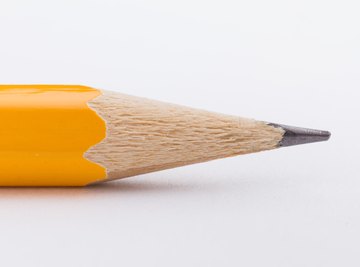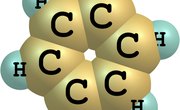
The process of turning carbon into graphite is known as graphitization. Graphite is produced naturally, but it is usually commercially produced by treating petroleum coke. Coke is a byproduct of the destructive distillation of coal. While it is possible to convert carbon into graphite, this process requires industrial equipment not available to the average individual.
- Coal
- Electric Furnace
Create coke from coal. Coal is a form of carbon. Using an airless furnace, cook coal until all of the gasses and liquids have been removed. This includes water, coal gas and coal tar. The temperature used can reach as high as 3,630 degrees, so the energy and equipment required are typically only used by industrial producers of graphite. The resulting material -- coke -- is then crushed into a powder.
Create silicon carbide. In an electric furnace, carbon and silicon, often in the form of a clay, are combined to create silicon carbide, an intermediate product in the production of graphite.
Derive graphite from silicon carbide. Using an industrial furnace, heat the silicon carbide to at least 7,500 degrees. At this temperature, the silicon begins to leave the silicon carbide, leaving only graphite.
Things You'll Need
References
About the Author
Bryan Richards has been writing since 2002. His work has appeared in the "Eau Claire Leader Telegram," the "Wisconsin State Journal" and "Small Business Opportunities." His areas of expertise include business and legal topics. Richards graduated from the University of Wisconsin School of Journalism where he also majored in economics and political science. He is currently a JD/MBA student at the University of Minnesota.
